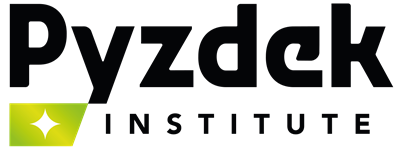The Transportation Security Administration (TSA) faces a significant challenge: effectively identifying potential security threats while ensuring a smooth passenger experience. This challenge brings into play two types of statistical errors, referred to as Type I and Type II errors.
Type II error occurs when a true threat goes unnoticed. This is equivalent to failing to reject the null hypothesis when it is false. Conversely, Type I error takes place when a passenger with no ill-intent is subjected to enhanced security screening.
Here’s a summarized table:
| H0: Passenger is not a Threat / HA: Passenger is a Threat | Passenger is Not a Threat (H0 correct) | Passenger is a Threat (HA correct) |
|---|---|---|
| Passenger is Passed Through Security | Correct Decision | Type II Error (False Negative) |
| Passenger is Subjected to Enhanced Security | Type I Error (False Positive) | Correct Decision |
Various watchlists help guide security decisions, but they are not without issues. A notable example is the “automatic selectee” list, which comprises around 13,500 names. These individuals are automatically subjected to intensive security checks. The basis for the selection isn’t always clear and appears to be name-dependent, sometimes causing innocent passengers like eight-year-old Mickey Hicks, who has been on the list since birth, to be subjected to stringent checks.
This unavoidable statistical risk raises critical questions about striking the right balance between safety and personal freedom. It’s even more concerning when the error rate seems high. For instance, for every person correctly on the watch list, hundreds of others may be incorrectly flagged simply due to a shared name.
Moreover, the current process of getting one’s name off the automatic selectee list is extremely challenging, leading to persistent inconvenience for numerous innocent individuals.
The TSA’s list also serves additional purposes outside of airport security. These varying applications require different levels of tolerance for error rates, adding another layer of complexity to the issue.
These challenges highlight the need for a significant process improvement. This is where methodologies like Six Sigma can play a pivotal role. Six Sigma’s proven strategies for reducing errors and enhancing efficiency could aid the TSA in drastically improving their screening process.
By identifying and mitigating root causes of errors, Six Sigma can help reduce both Type I and Type II errors, improving the overall effectiveness of the screening process. This would not only enhance the security but also reduce the inconveniences for the innocent passengers flagged due to the current system’s shortcomings.
So, it becomes essential for authorities like the TSA to consider implementing such proven methodologies. Efficient and effective security measures are crucial for maintaining safety while upholding the principles of personal freedom.

Leave a Reply